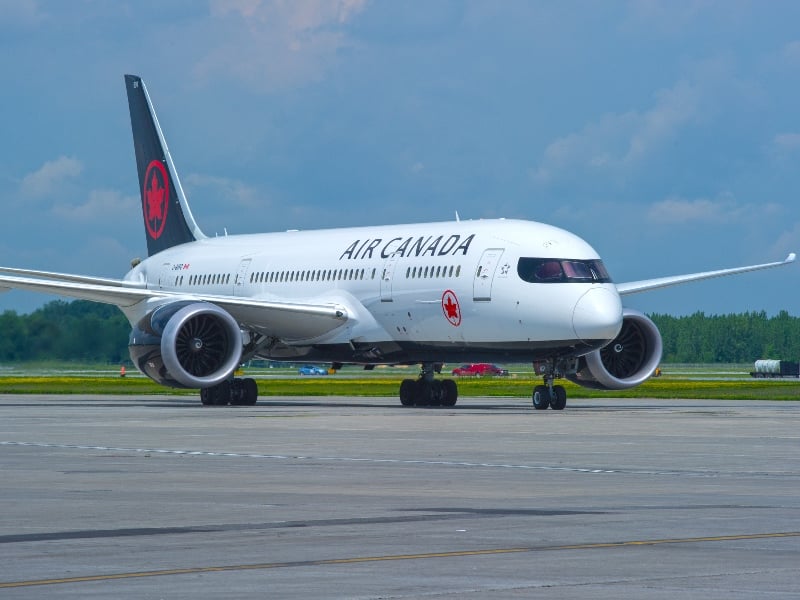
If you’ve flown in Business Class on Qantas’ Boeing 737s and Airbus A330s, you’ll know that there’s a huge difference in the Business Class products on these two aircraft.
Qantas’ narrow-body Boeing 737-800 features basic reclining Business seats with a little more width and legroom, which are suitable for the short flights it generally operates…
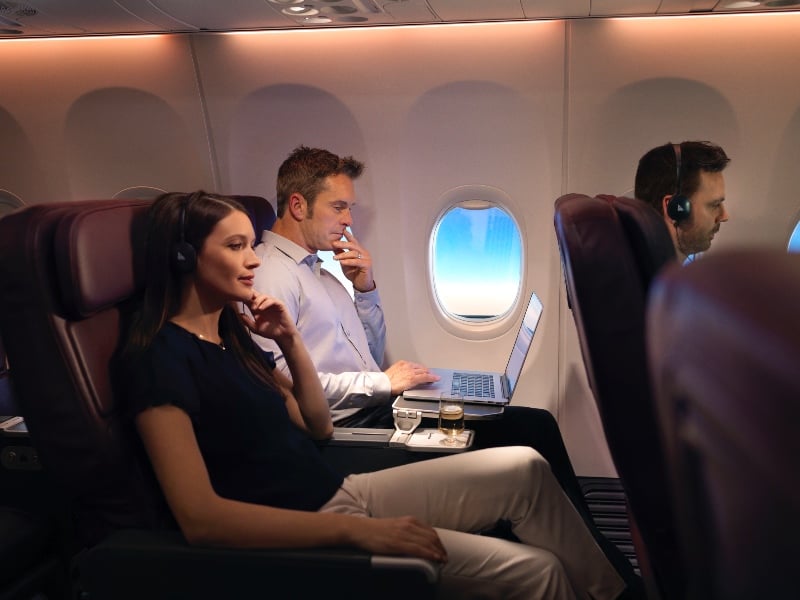
But the wide-body Airbus A330, also sometimes used for long-haul international flights, offers Business Suites with lie-flat beds. This product is considerably more comfortable and offers more space and privacy…
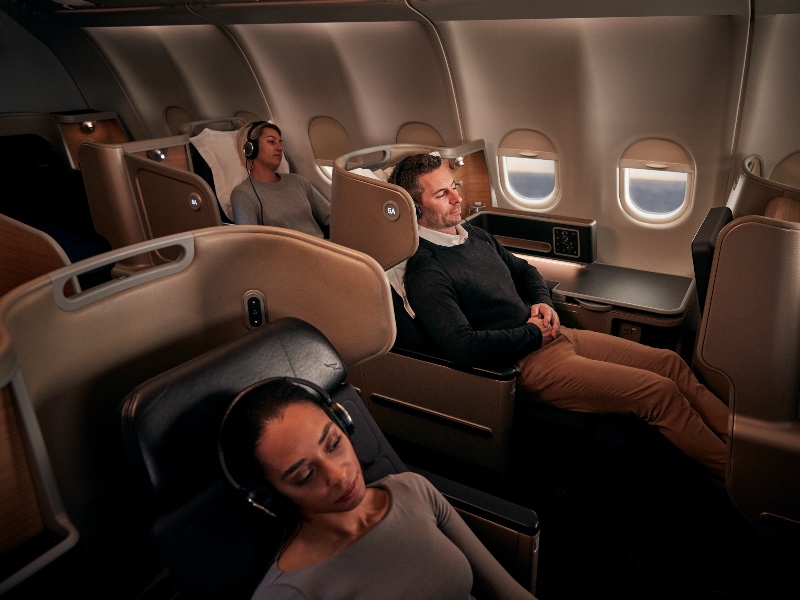
Qantas’ Boeing 737s are generally used on shorter domestic routes and the A330s are normally used on international flights. But there are some routes such as Melbourne-Sydney, Melbourne-Perth, Sydney-Perth or Sydney-Auckland where both aircraft types are used. Where this is the case, you would still pay exactly the same price for a Business Class ticket regardless of which aircraft you’re flying on.
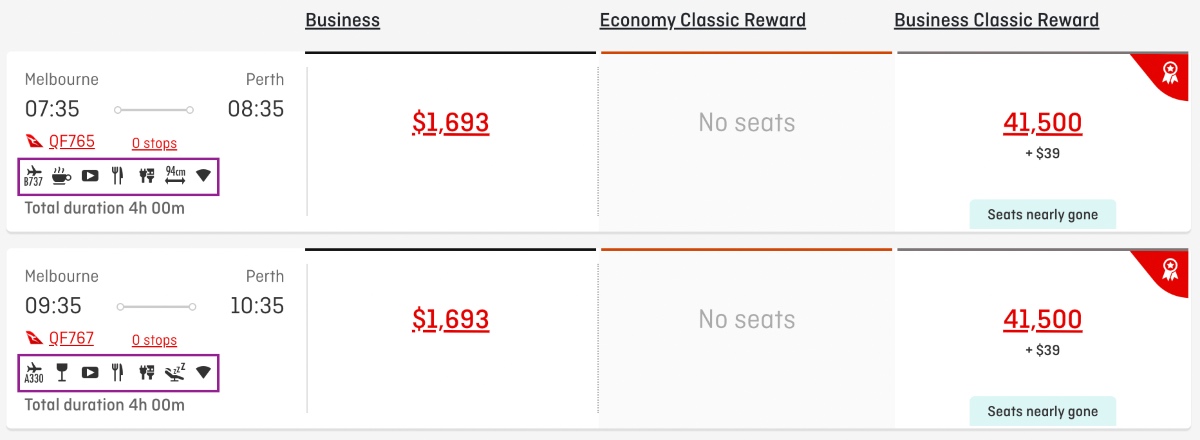
Savvy frequent flyers would know to book on the Airbus A330 if possible for a better in-flight experience, but sometimes there are last-minute aircraft changes. Since Qantas regards these products as being identical, it won’t provide any partial refunds or compensation if you book a Business Class ticket on an A330 flight and end up on a Boeing 737.
That’s unfortunate, because in reality the Boeing 737-800 Business Class hard product is closer to Premium Economy on Qantas’ long-haul aircraft. Yet, on routes like Melbourne-Perth where Qantas also offers Premium Economy (on QF9/10), Premium Economy on the Boeing 787-9 is priced lower than Business Class on the Boeing 737-800.
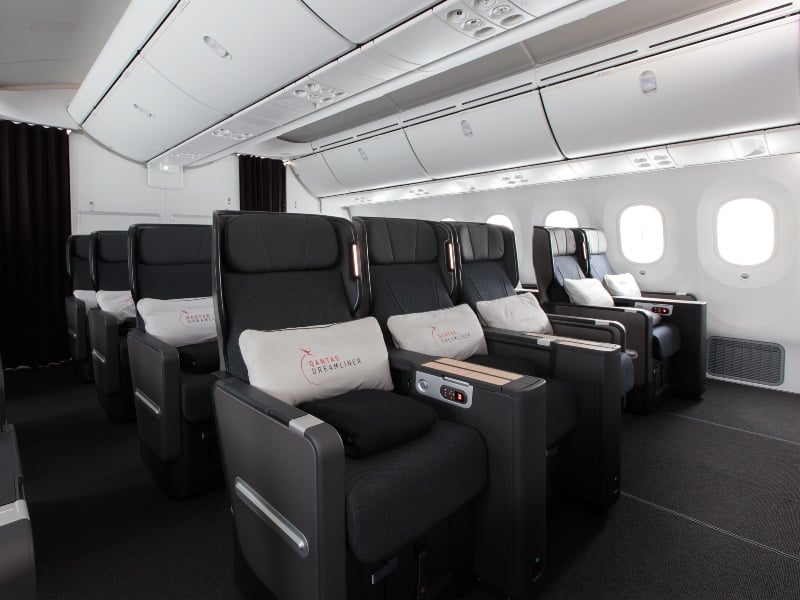
Air Canada’s pricing strategy
I recently booked a domestic flight on Air Canada, and noticed that the airline has adopted a different pricing strategy on routes where both narrow-body and wide-body aircraft operate.
On some busy Canadian domestic routes such as Vancouver-Toronto, Vancouver-Montreal and Calgary-Toronto, Air Canada uses a mixture of Boeing 737s, Airbus A321s, Boeing 787s and Boeing 777s. The latter two aircraft types are also used for long-haul international flights, so they are fitted with Premium Economy cabins and lie-flat Business seats.
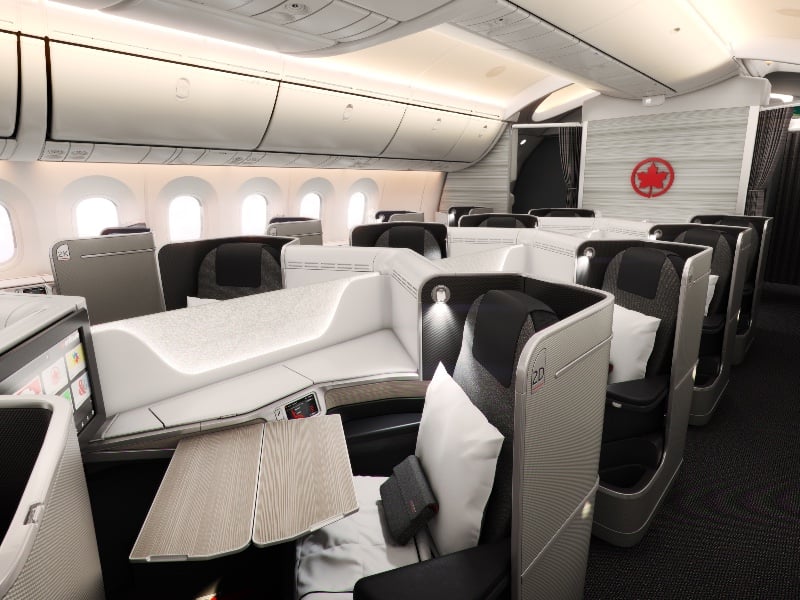
But the Boeing 737 and Airbus A321 jets just have reclining Business Class seats.
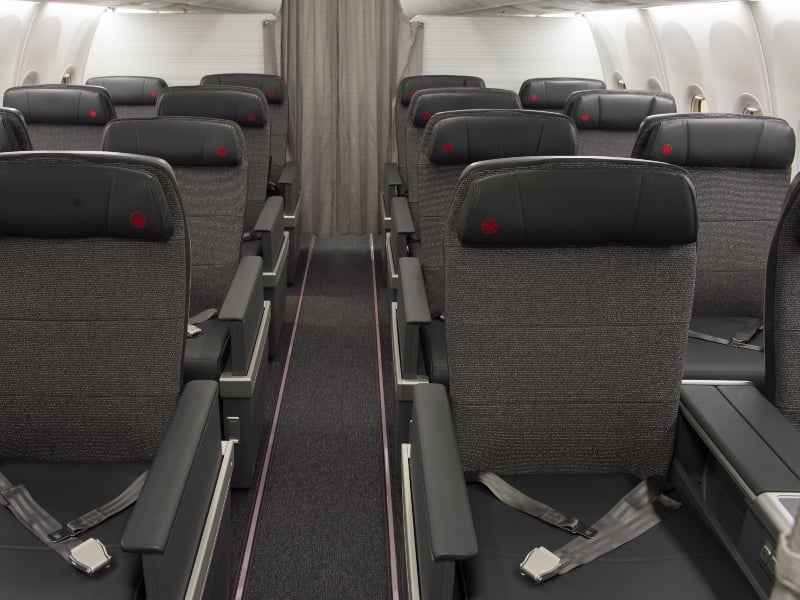
This narrow-body Business Class product is quite similar to Premium Economy on Air Canada’s wide-body jets.
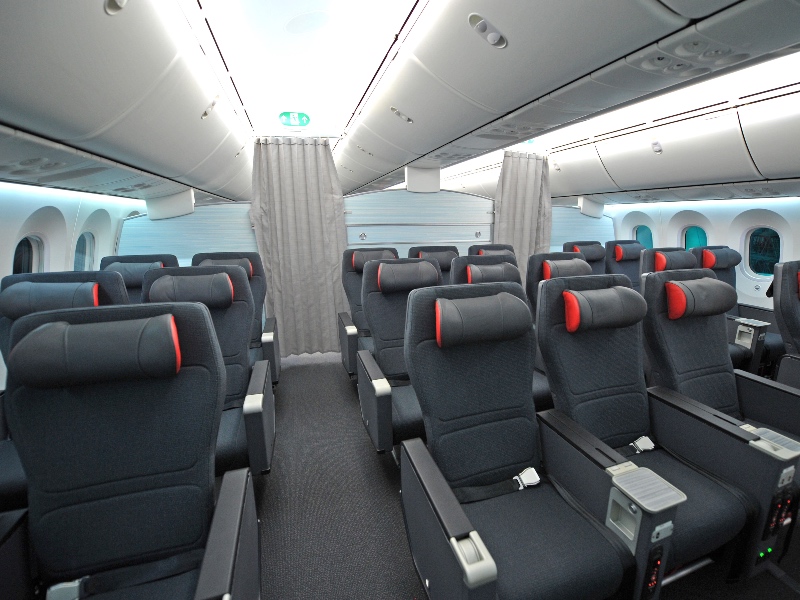
Recognising that there’s a clear difference in the products, Air Canada has chosen to price its domestic airfares accordingly.
For example, if we search for airfares on the Air Canada website from Vancouver to Toronto, Premium Economy on wide-body flights is priced exactly the same as Business Class on narrow-body aircraft (which don’t have Premium Economy). Flights on wide-body jets with lie-flat Business seats are also clearly marked during the booking process.
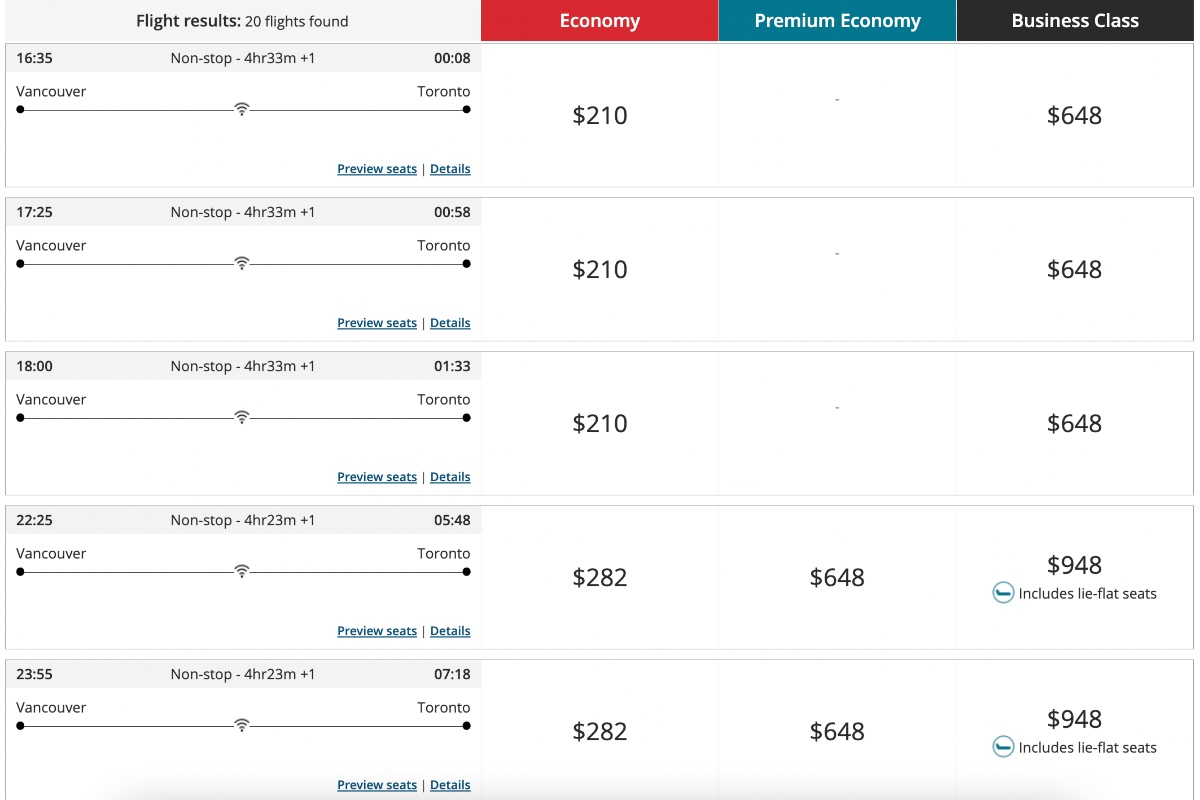
This pattern can also be seen on other routes, like Vancouver-Montreal.
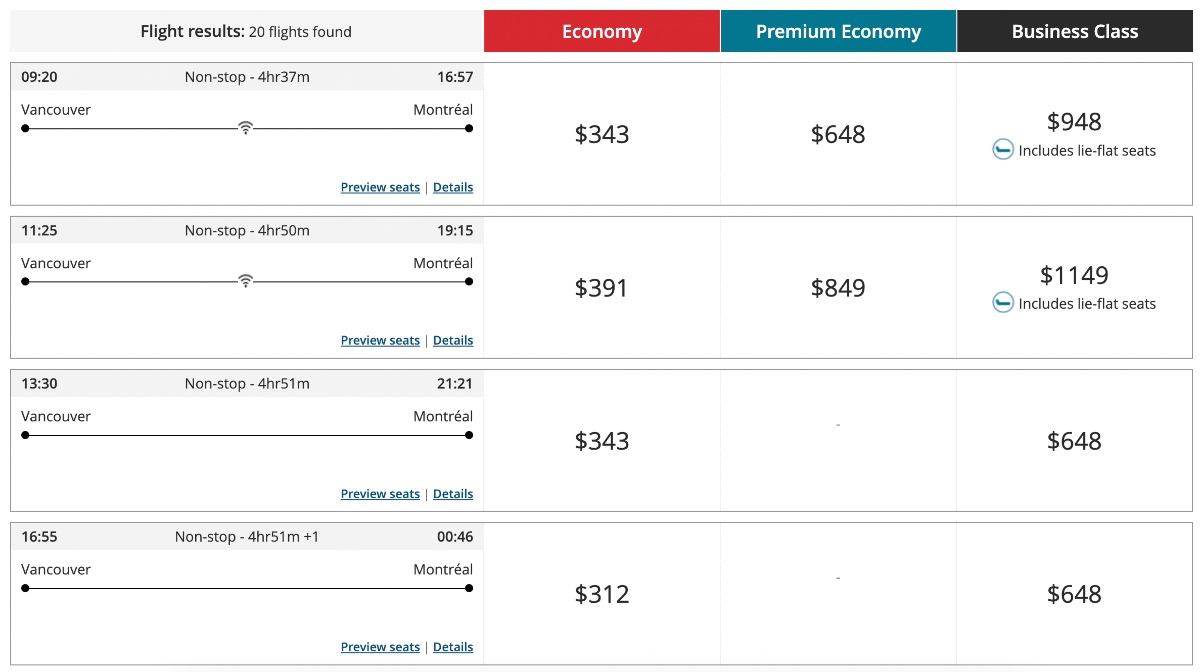
It’s the same story for Toronto-Calgary flights.
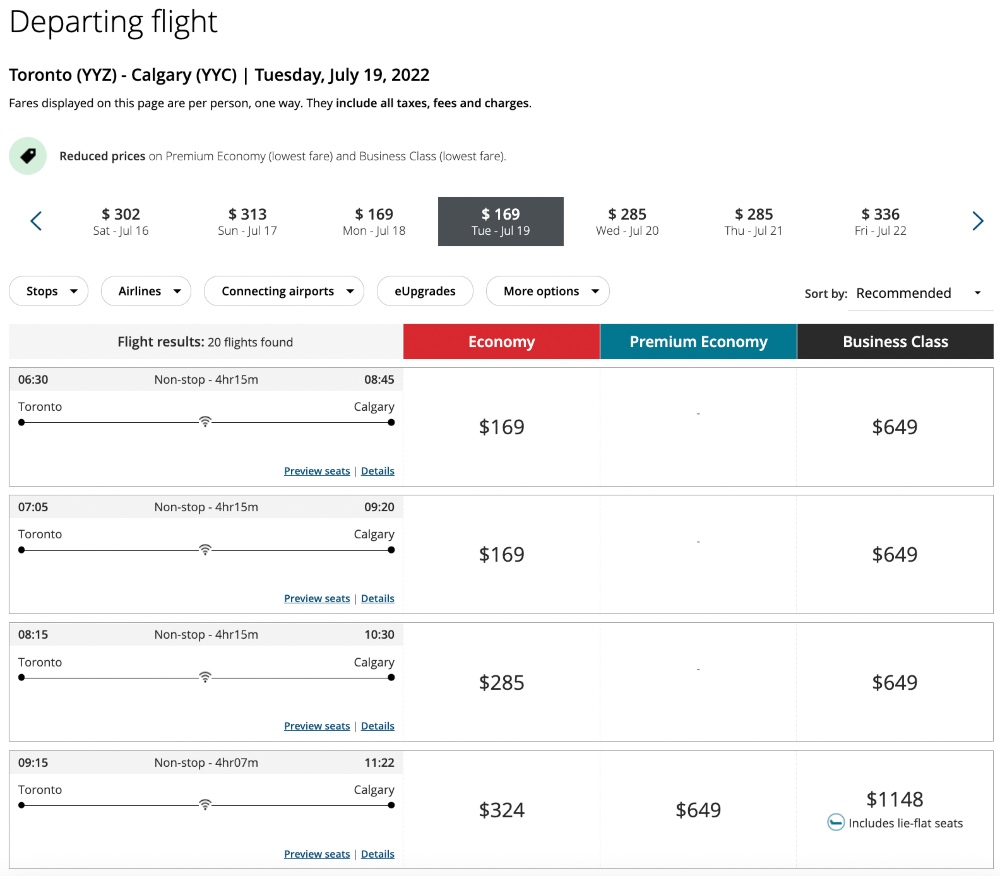
It’s not clear exactly whether Air Canada would offer compensation if you paid extra for lie-flat Business and your flight was changed to a narrow-body jet with an inferior reclining Business seat. But there is a clear differentiation here between the various products in terms of pricing – which makes sense.
This pricing difference doesn’t translate to award bookings. So if redeeming points (including Virgin Australia Velocity points which can be used for Air Canada flights), keep in mind that there’s a big difference in the product you’re getting depending on the aircraft type – even though you’re paying exactly the same amount of points and taxes!
You can leave a comment or discuss this topic on the Australian Frequent Flyer forum.
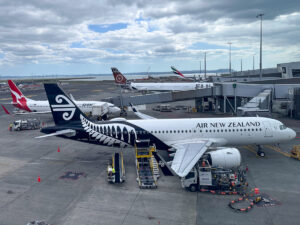


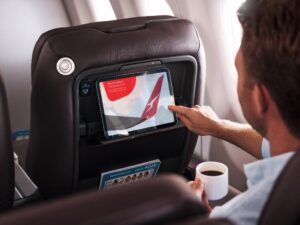
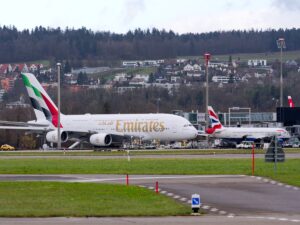


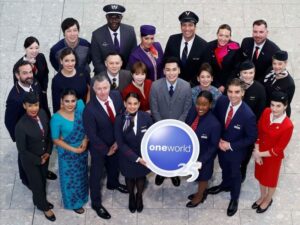




















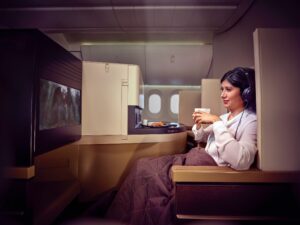












































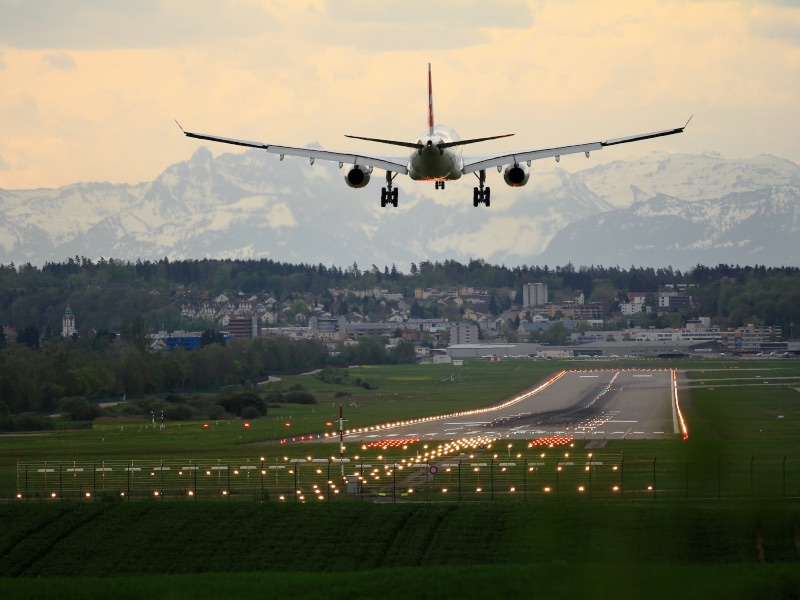
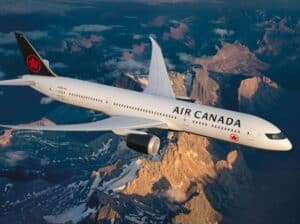





Community Comments
Loading new replies...
Join the full discussion at the Australian Frequent Flyer →